
HELLO & WELCOME
Thanks for visiting my little piece of the internet!
I’m Maria, a lover of furry things, coffee and anything creative. This blog is where I love to share affordable home decor ideas, great DIYs, yummy recipes, unique crafts and so much more.
ETSY SHOP
RECENT POSTS

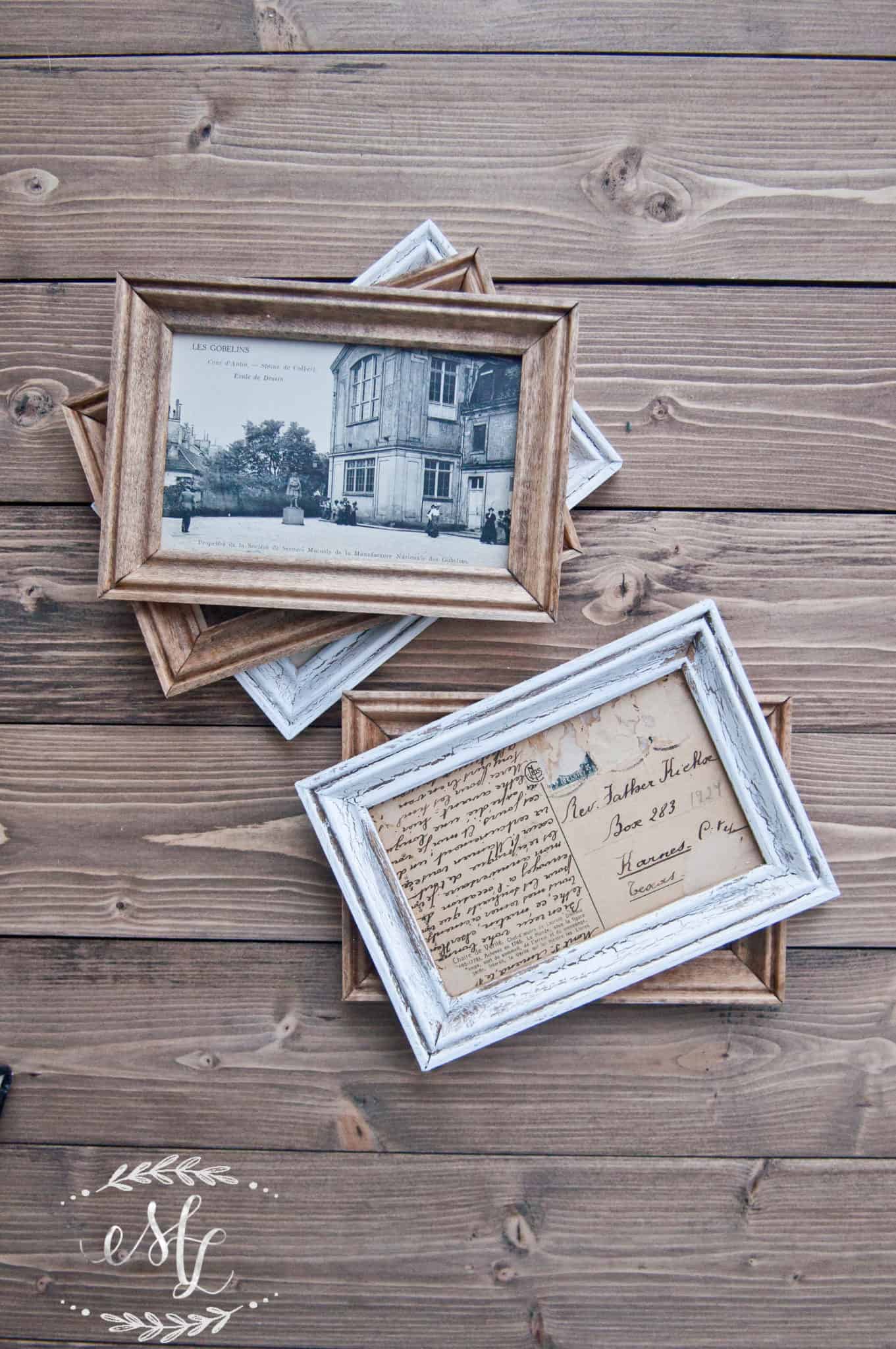
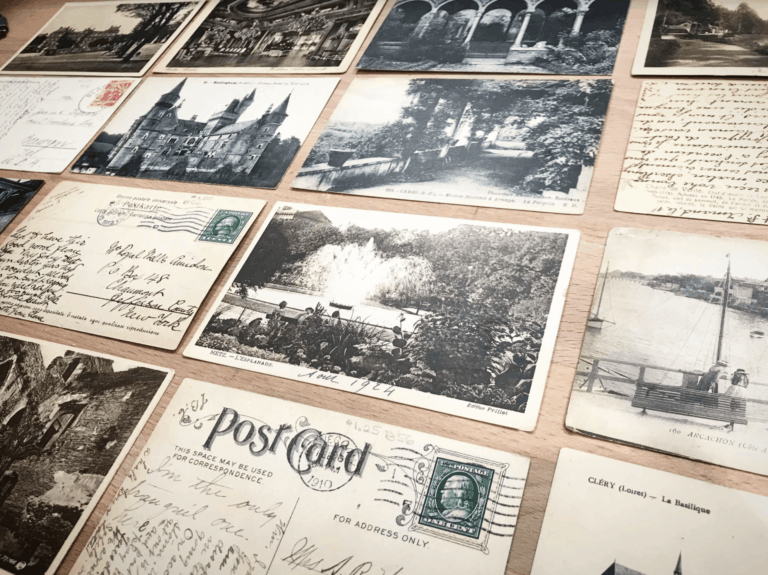
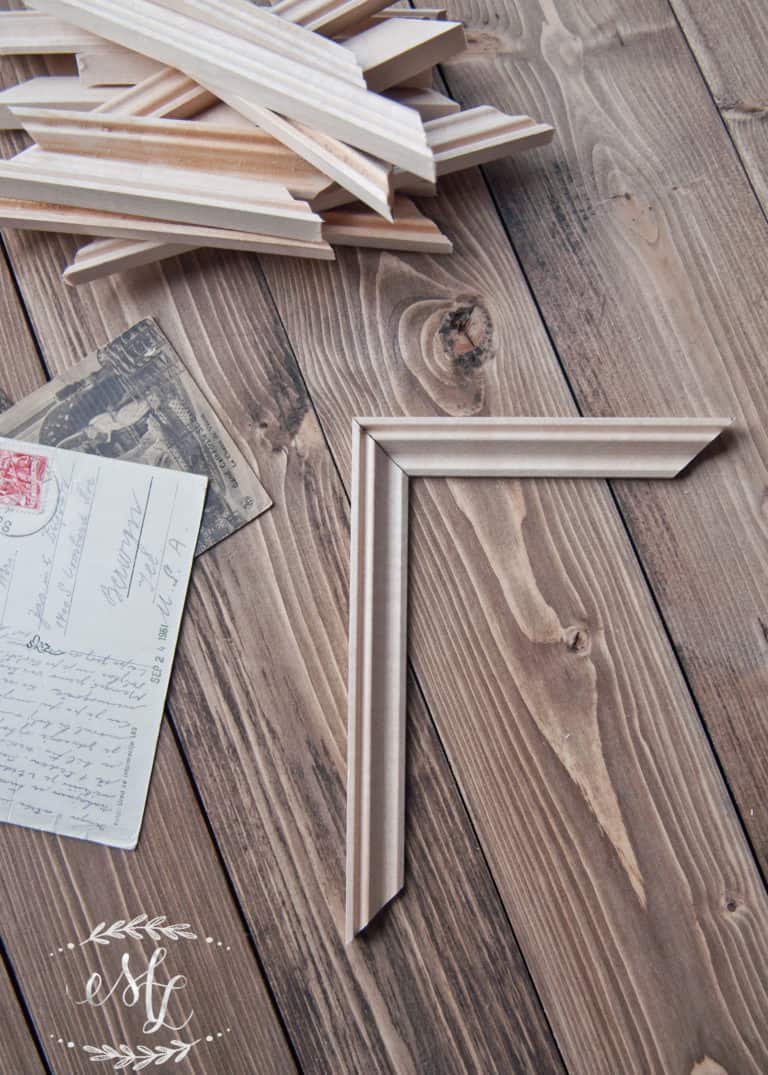
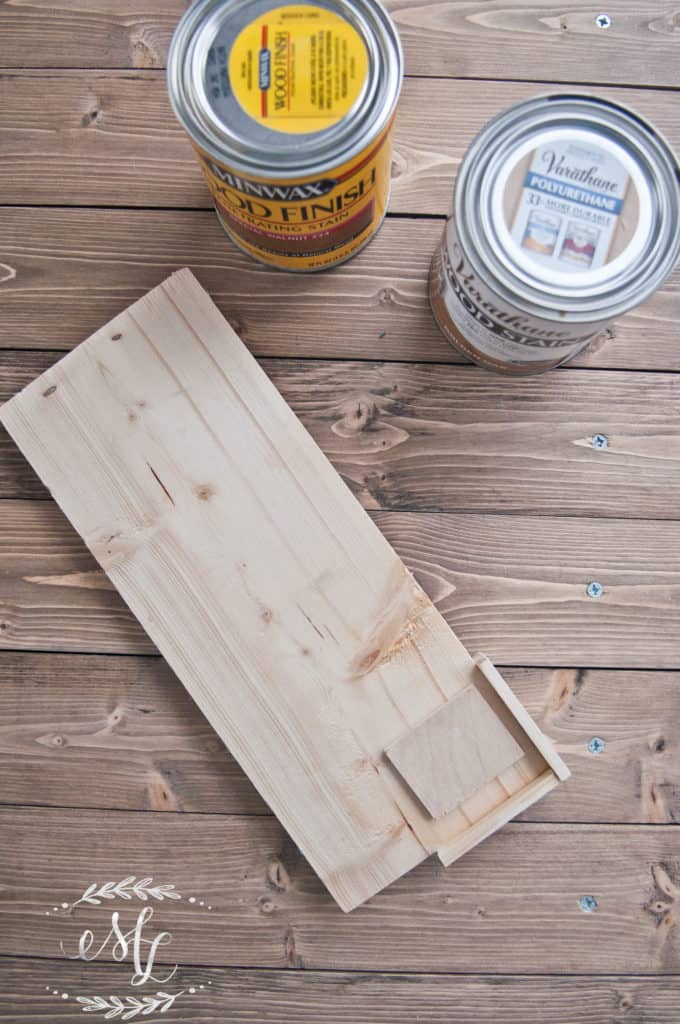
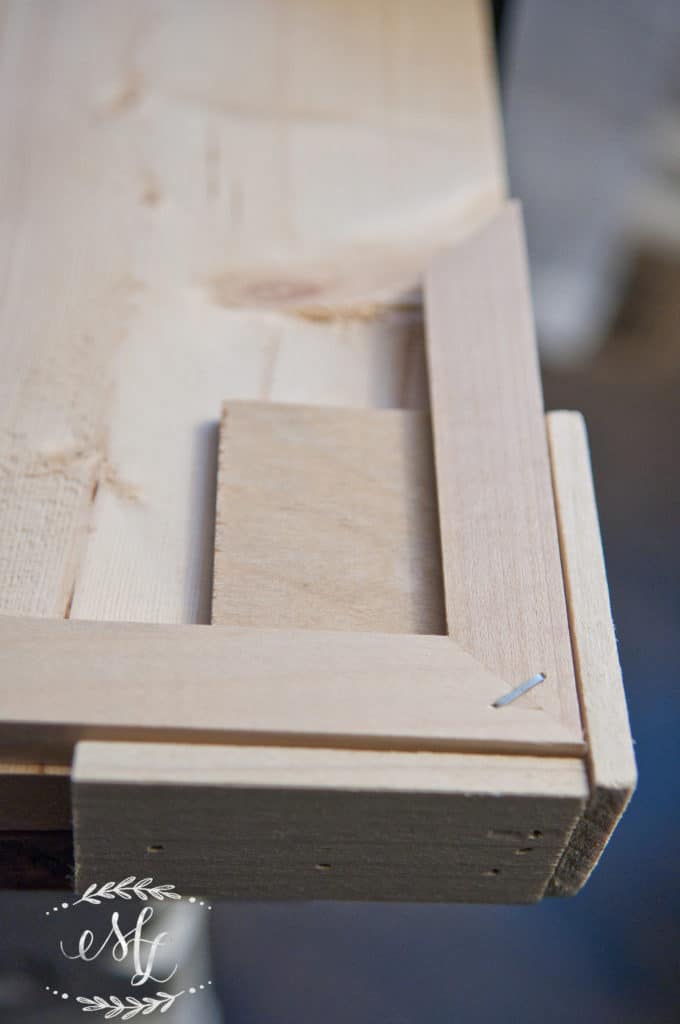

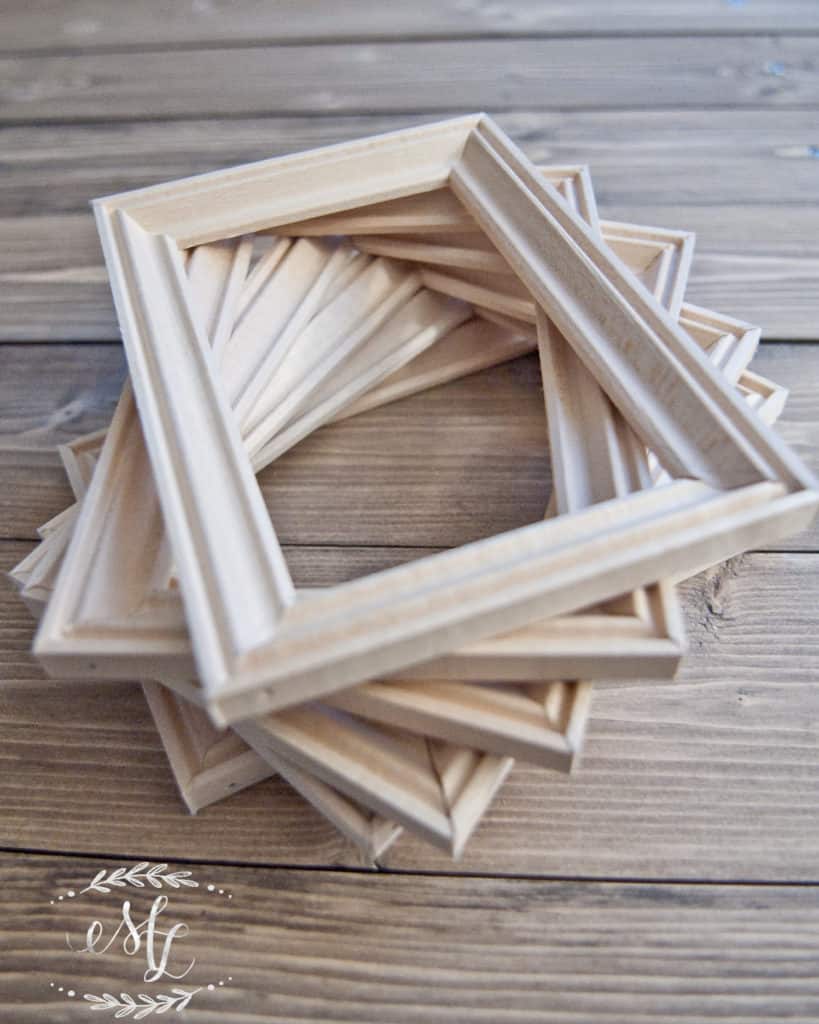
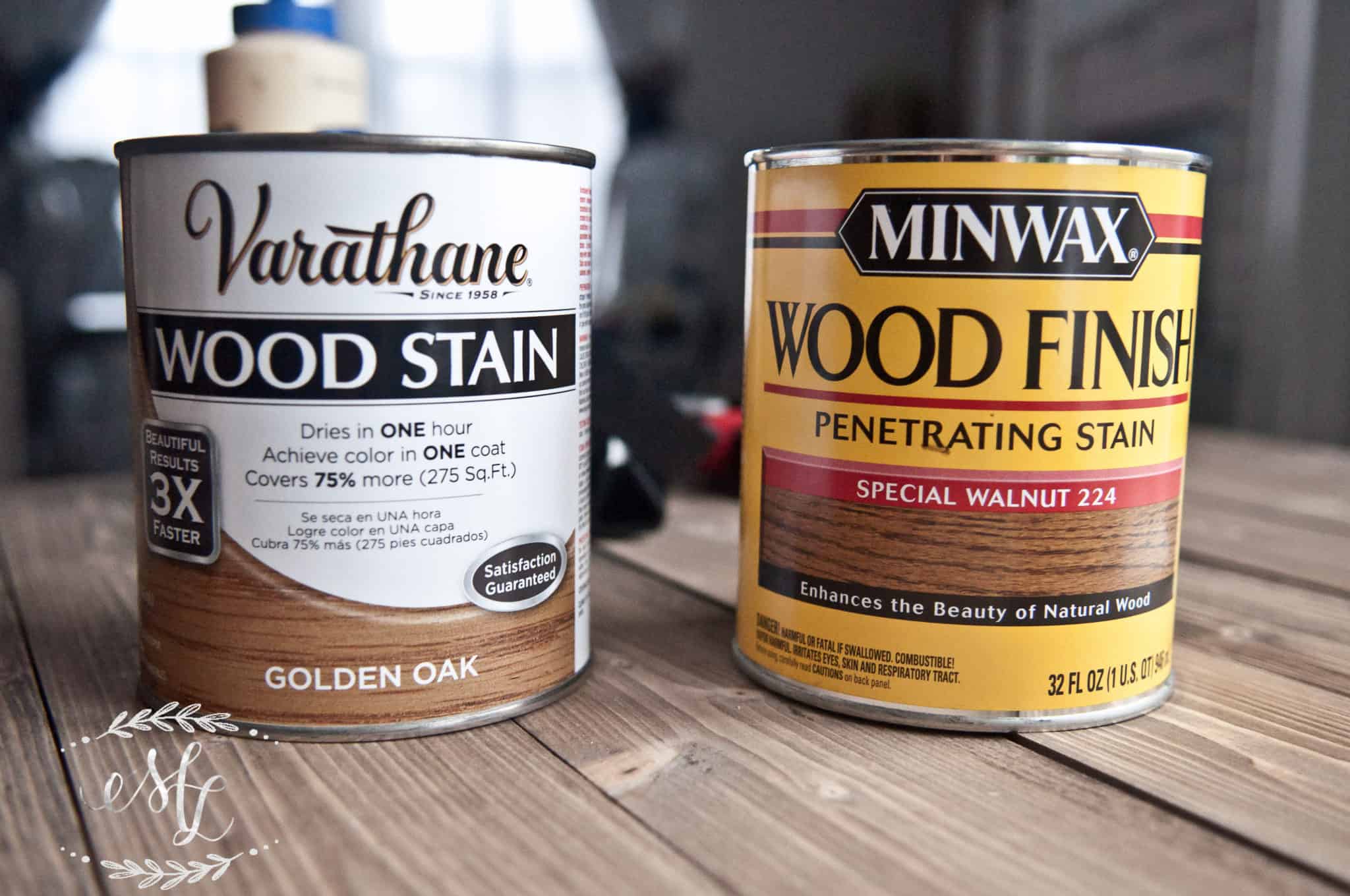
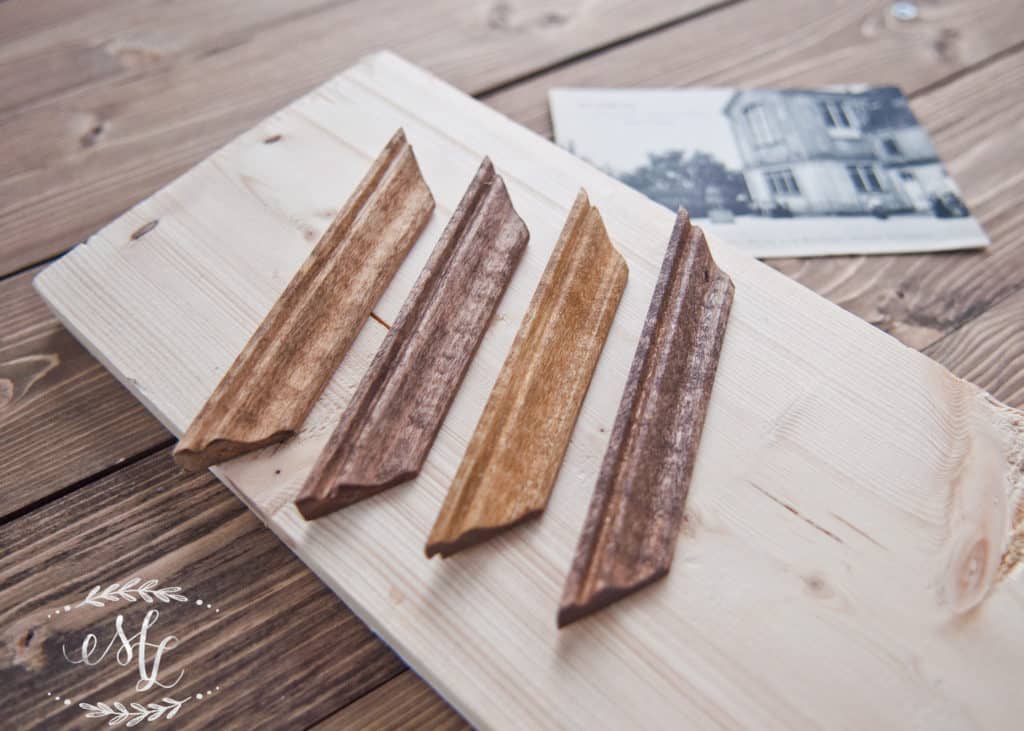
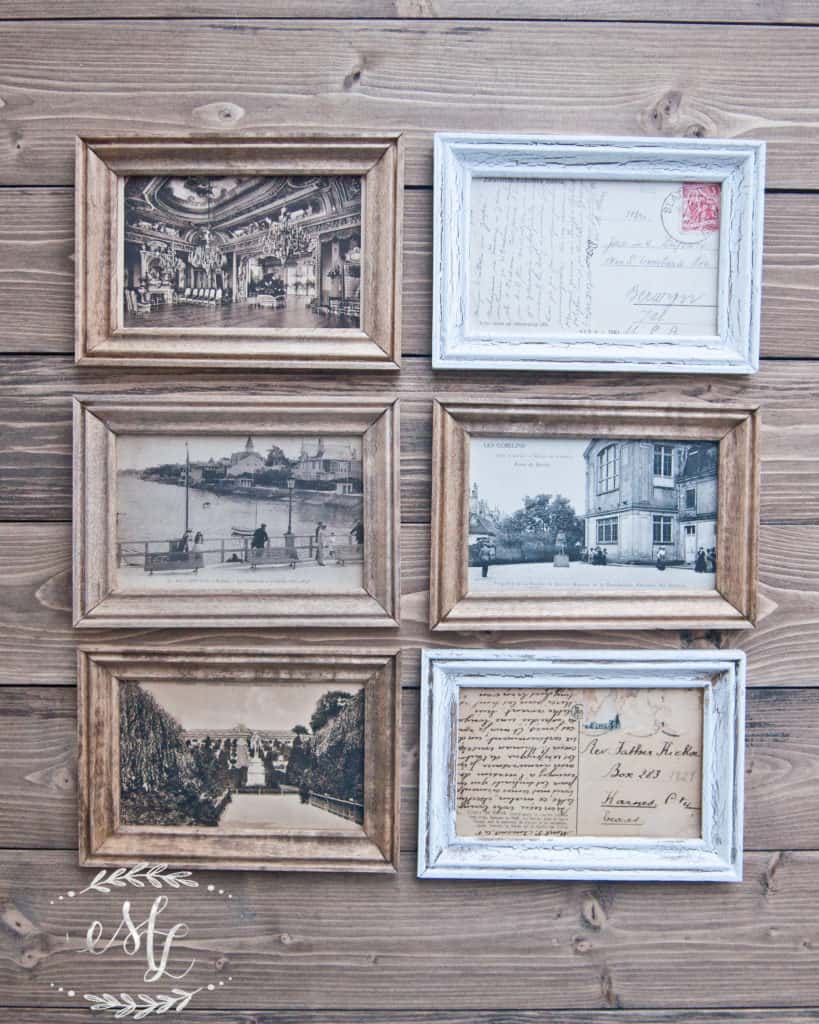
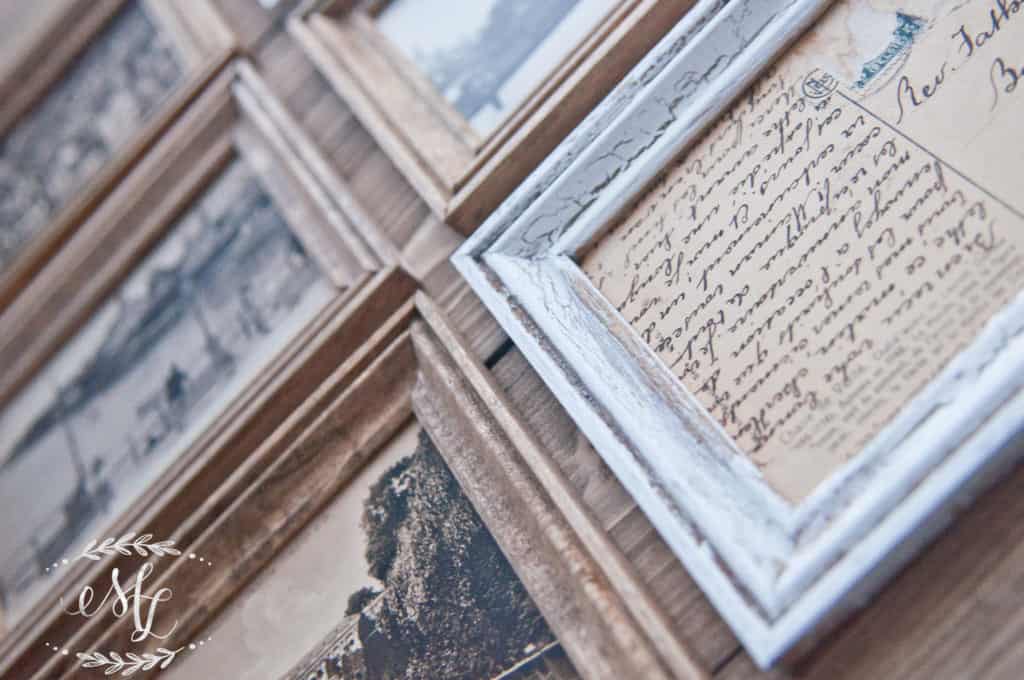

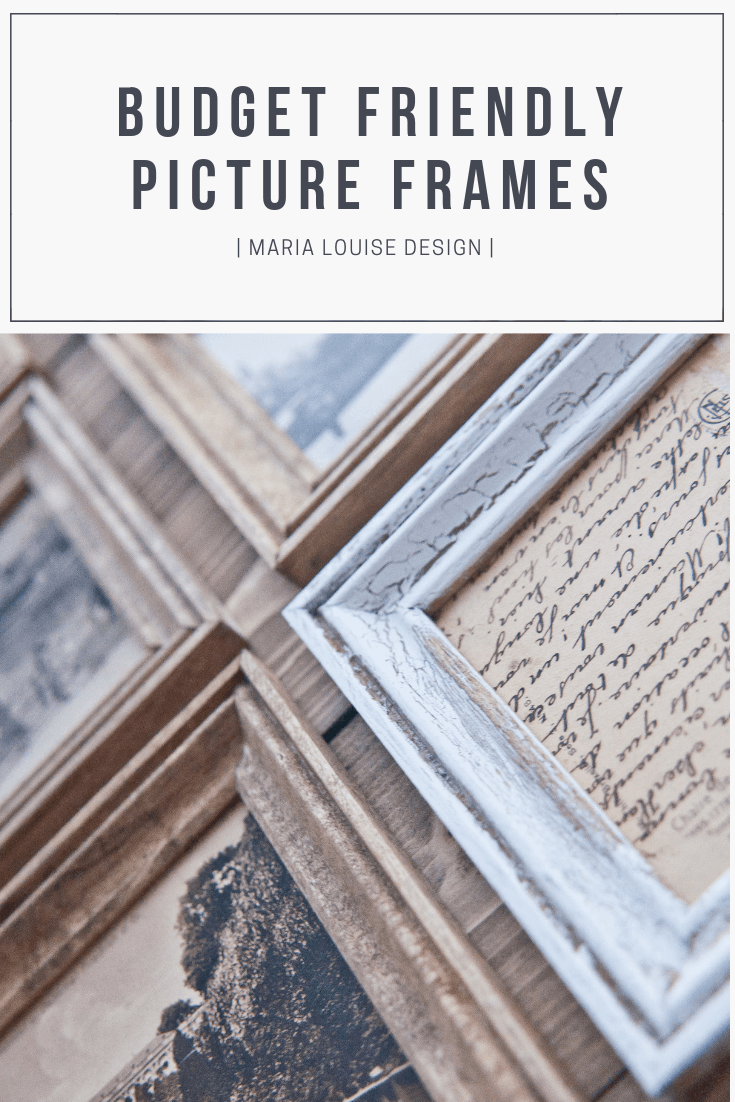


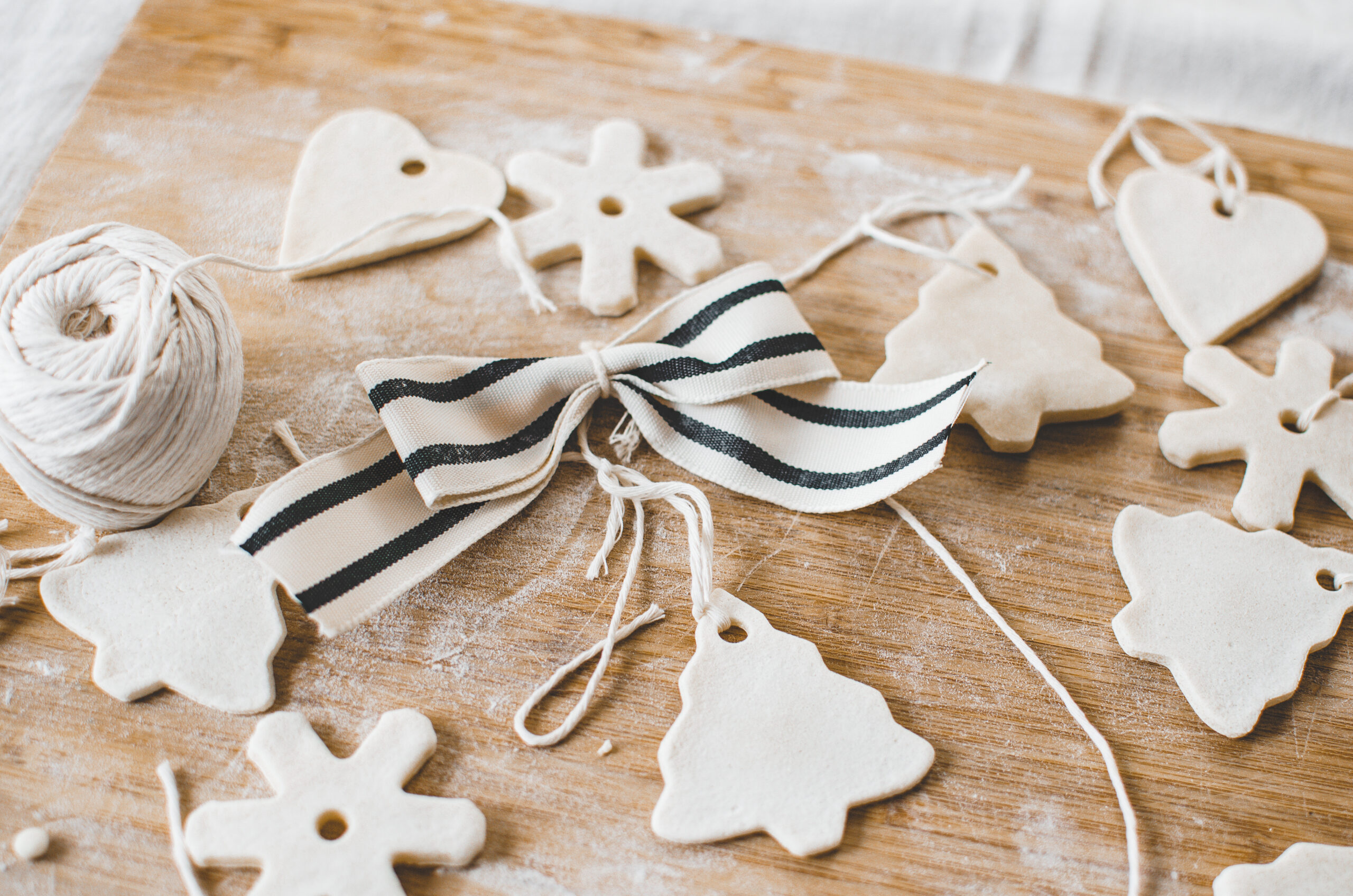
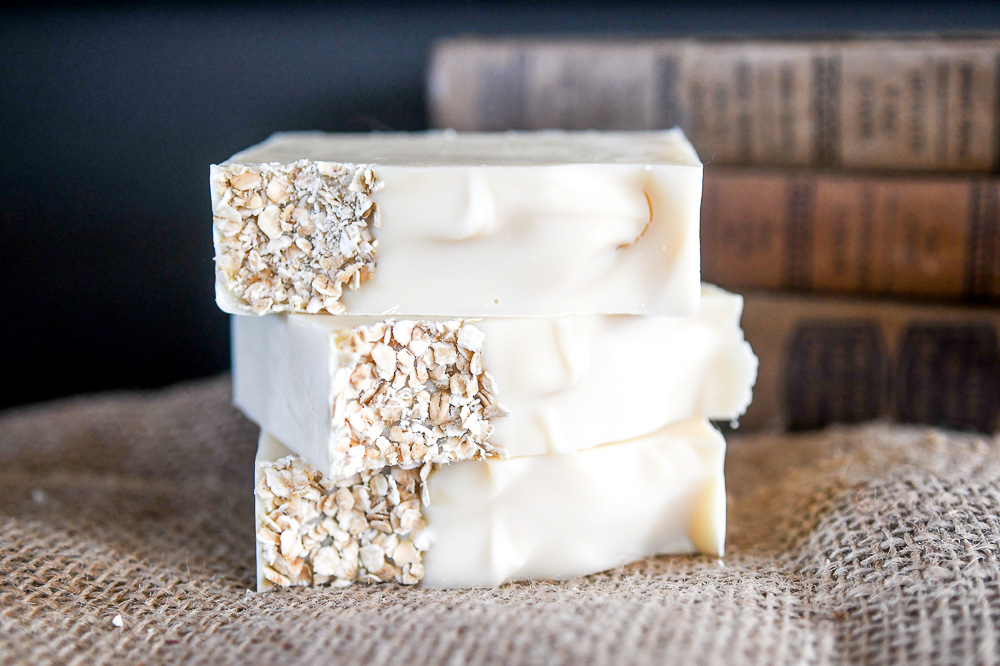
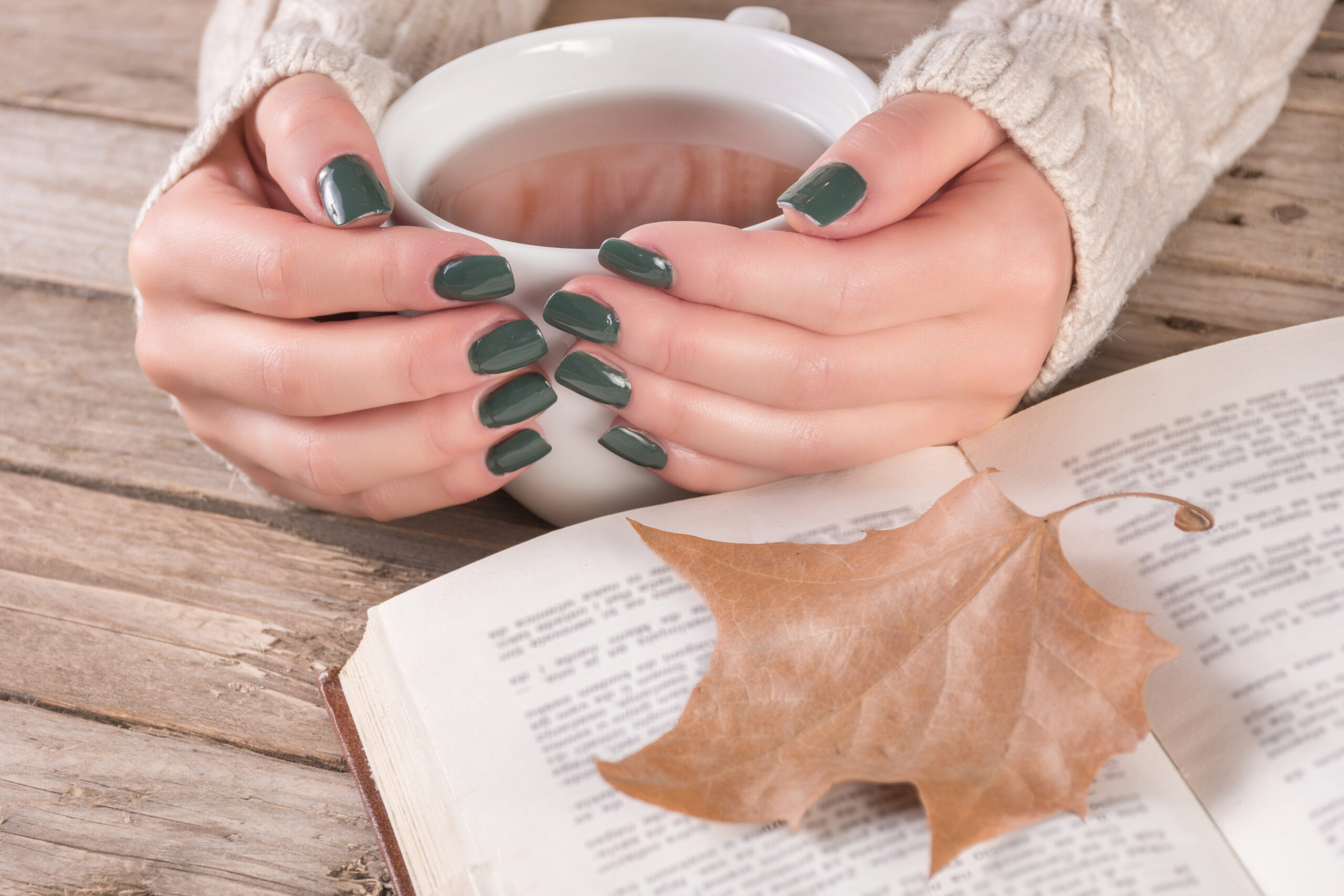
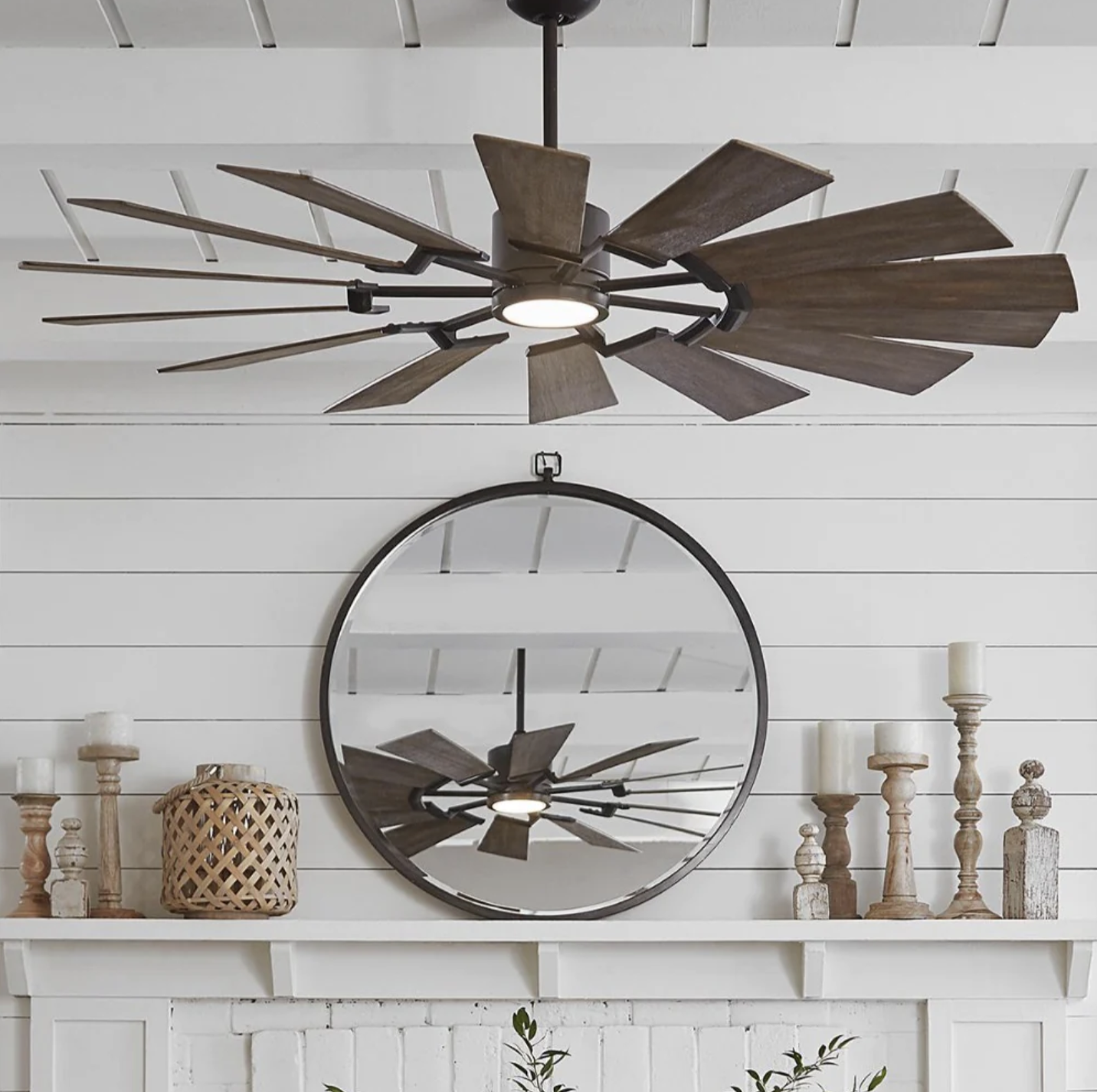

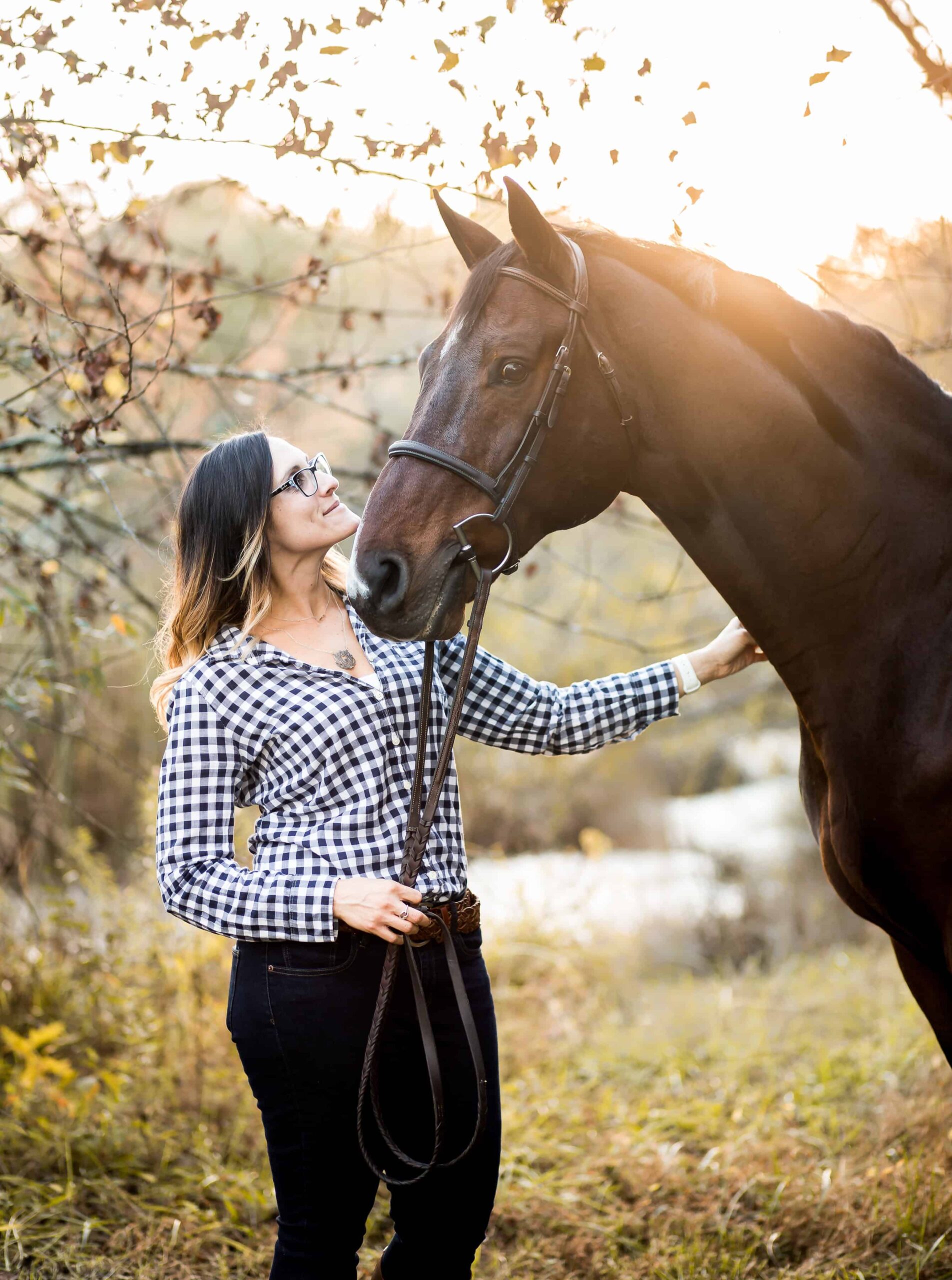
2 thoughts on “Budget Friendly Picture Frames”
Wood glue plus the staple would have provided stability. Spread the glue, put the corner in the jig, push it together and staple it. Wipe off excess glue with a damp rag.
Great thinking! I think that’s a good point. It would add stability for sure.
Thank you for sharing and reading along.
Cheers,
Maria